Owen Jones and the V&A (2023) and Style and Solitude (2023) – Review
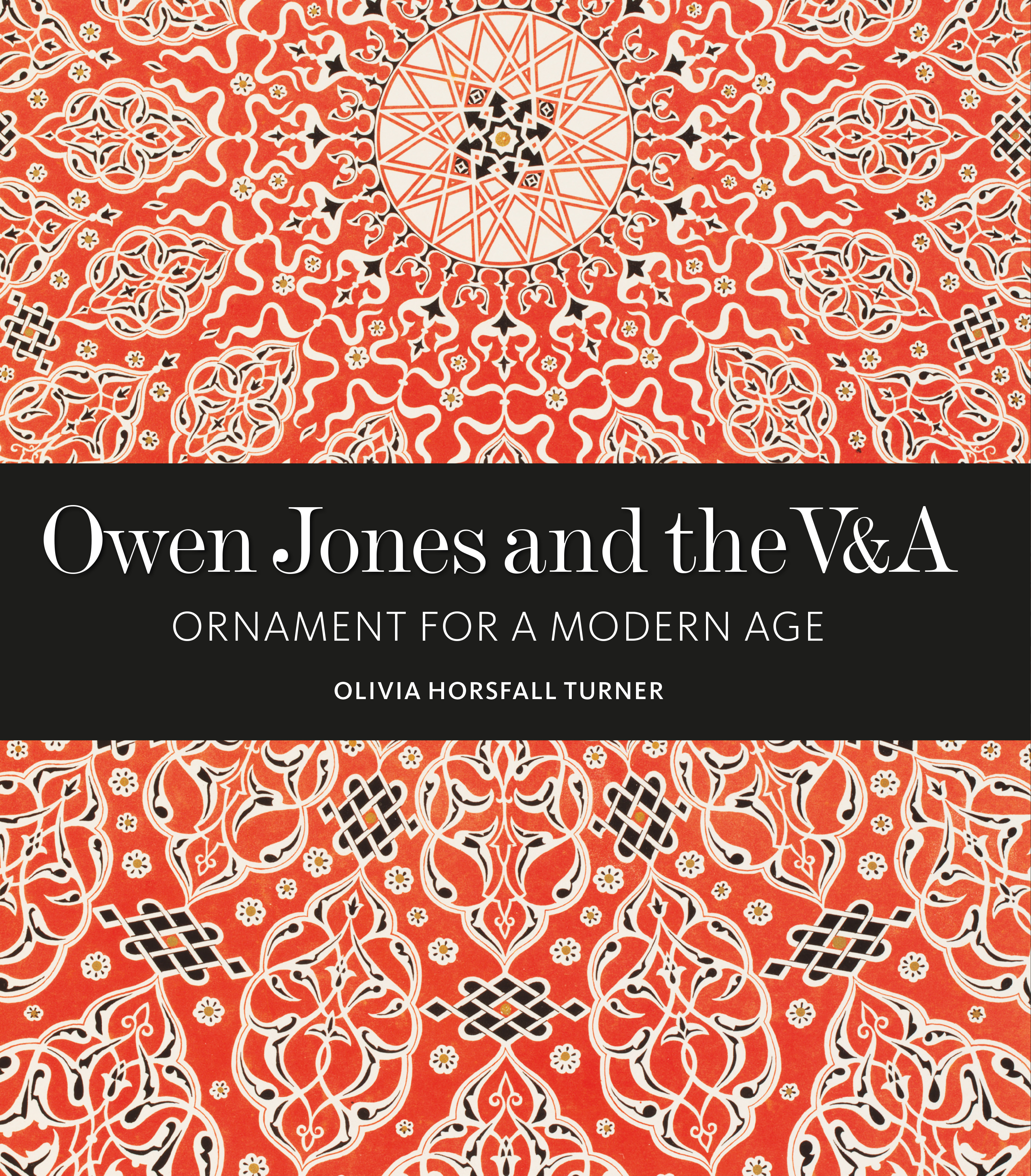
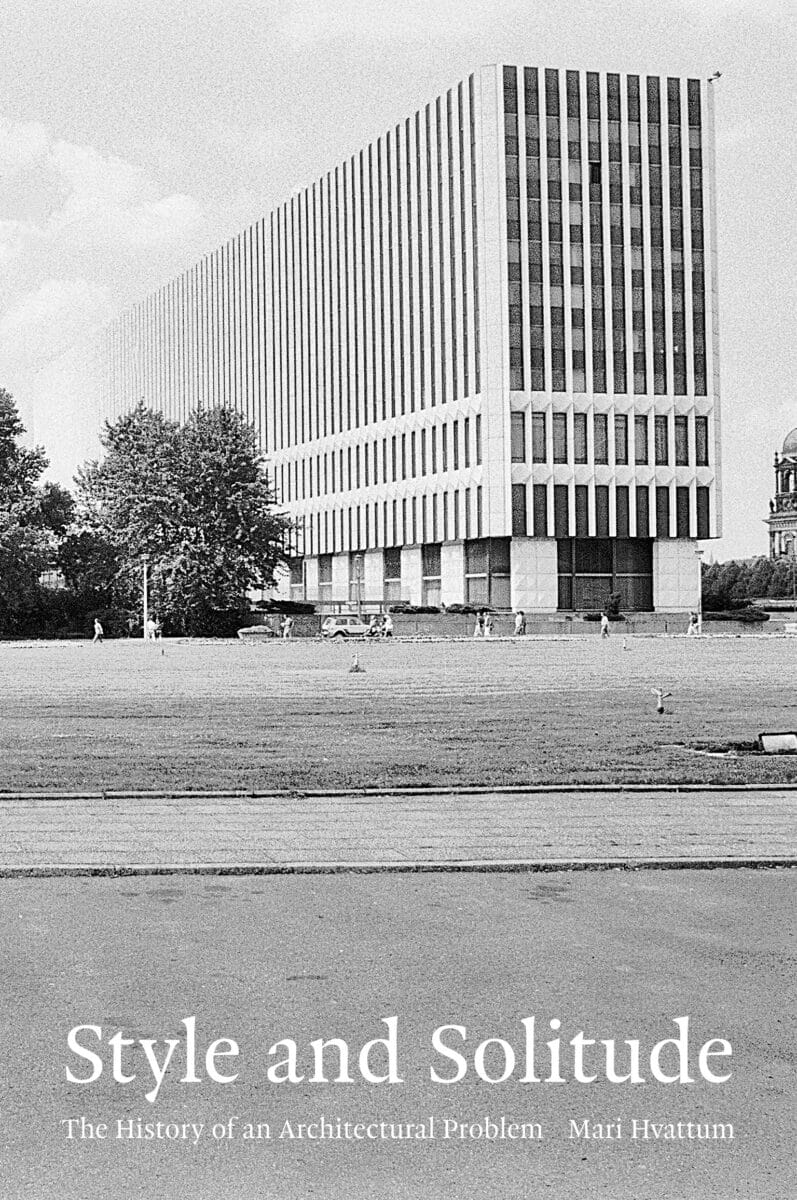
Now remembered almost only for The Grammar of Ornament (1856), Owen Jones, architect, designer, writer, publisher was regarded in his lifetime as one of the greats of British architectural and design culture, up with Pugin and Ruskin. Yet of his prolific output of some 60 buildings and interior schemes, nine major publications, and thousands of designs for furniture and wallpaper, little has survived, and his reputation has not endured. One of the few remaining decorative schemes still to be seen are the ceilings at 16, Carlton House Terrace, now the home of the British Academy. Even The Grammar of Ornament, still occasionally reprinted, is hardly used for the purpose Jones intended – as a visual investigation of the principles from which all ornament was derived, a ‘grammar’ in the true sense – and has become instead just a source book of exotic patterns.
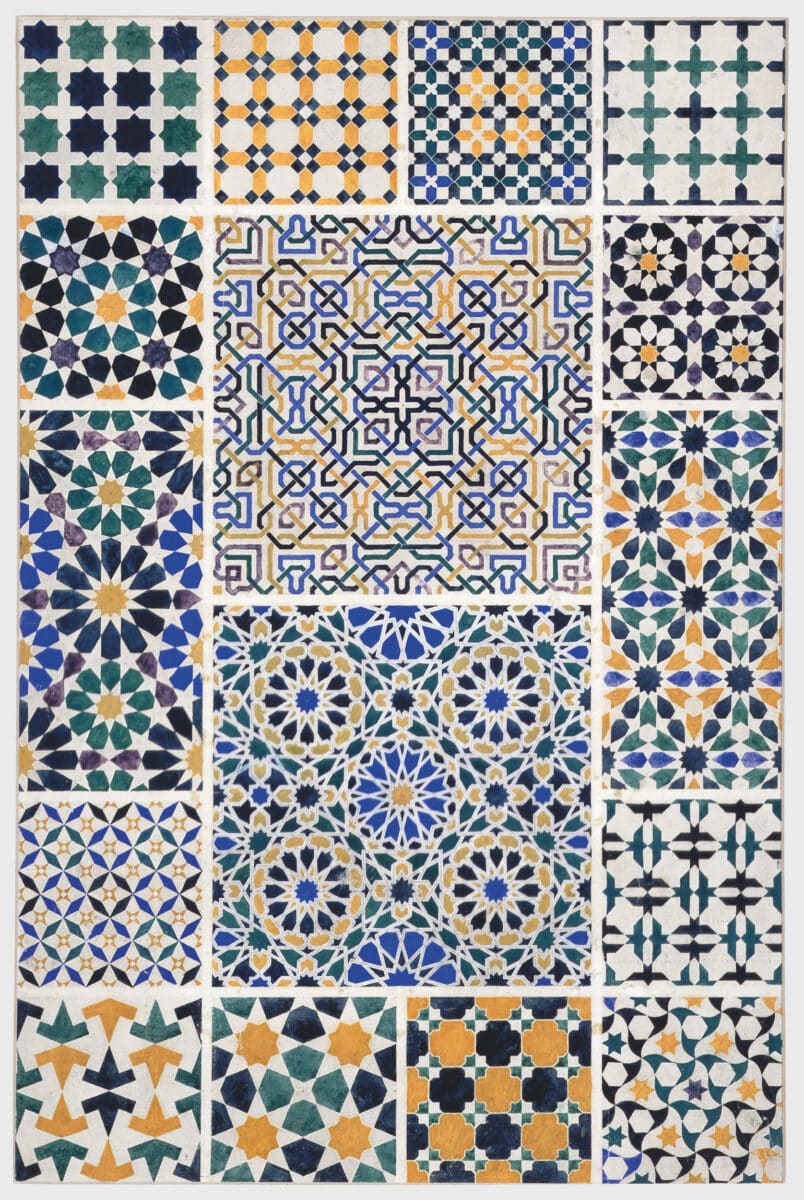
Besides his design and publishing activities, Jones played a major part in the Great Exhibition of 1851, responsible for the remarkable interior colour scheme of the Crystal Palace, and for the general arrangement of the display of objects. Subsequently, he was closely involved in the foundation and early development of the Victoria & Albert Museum (V&A), which now houses the largest collection of his drawings and designs. Olivia Horsfall Turner is the curator of architecture and design at the V&A, and her book Owen Jones and the V&A. Ornament for a Modern Age presents some of the museum’s Jones collection, lucidly relating the works to his ideas, and to the museum’s early history, singling out three particular projects: The Grammar of Ornament; the decoration of the Oriental Court, an early part of the museum, now subsumed into the staff office area, but still retaining traces of Jones’s scheme; and his Examples of Chinese Ornament (1867).
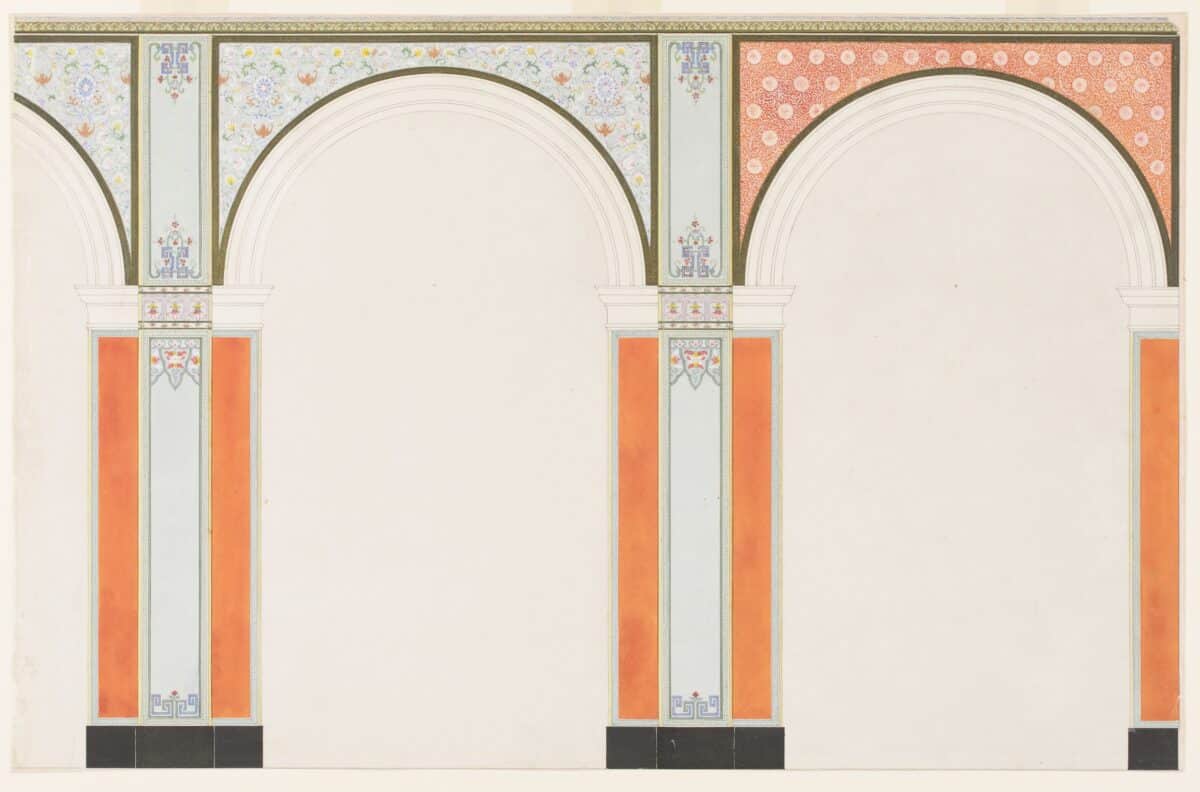
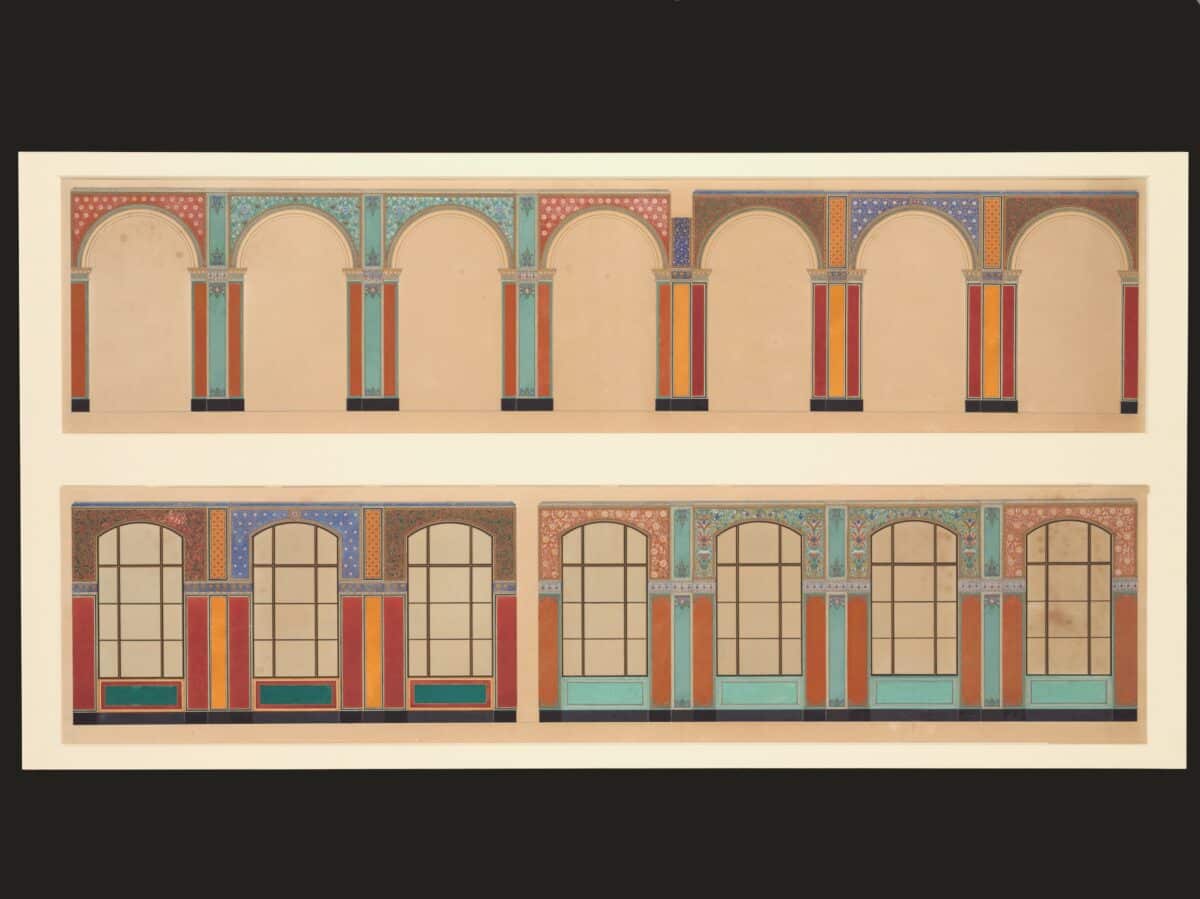
Jones’s ideas about ornament were original. In common with many of his contemporaries, Jones was pre-occupied with finding an appropriate style for his own time. But unlike most of his contemporaries, he was set against all revival of past styles: as he put it in Proposition 36 of the Grammar, ‘The principles discoverable in the works of the past belong to us; not so the results’. It was the business of the designer to identify those principles, and to put them to work to develop a new style appropriate to the present. Contrary to the Vitruvian orthodoxy that treated ornament as an afterthought applied to architecture, Jones argued that ‘Ornament, with every people, precedes the development of every other form of Art’, even of architecture, and that it provided the medium through which ‘style’ was elaborated. Ornament was for him the generative force, from which style emerged, and it was therefore by attending to ornament that the creation of a new architectural style was most likely to come about. Ornament, less cumbersome and slow than building, was where experiments and exploration could most easily and rapidly be carried out, making it fundamental to architecture’s future development. He shared with Ruskin a belief in the fundamental importance and significance of ornament, although in other respects the two could not have been more different. Compared to Ruskin’s verbosity, Jones was nothing if not concise: all his ideas about ornament were compressed into thirty-seven propositions of one sentence each. Jones didn’t waste words, but he did lavish attention on his illustrations, which at the time of their publication, in full colour, must have been even more astonishing than they now appear. It is a shame that the new book, the quality of whose illustrations is superb, could not in other respects have been closer to Jones’s own production standards: a more generous layout would have allowed illustrations to appear on the same spread as the text where they are discussed; and the lack of dimensions to the picture captions makes it impossible to tell whether one is looking at an original image the size of a page, or of a whole wall.
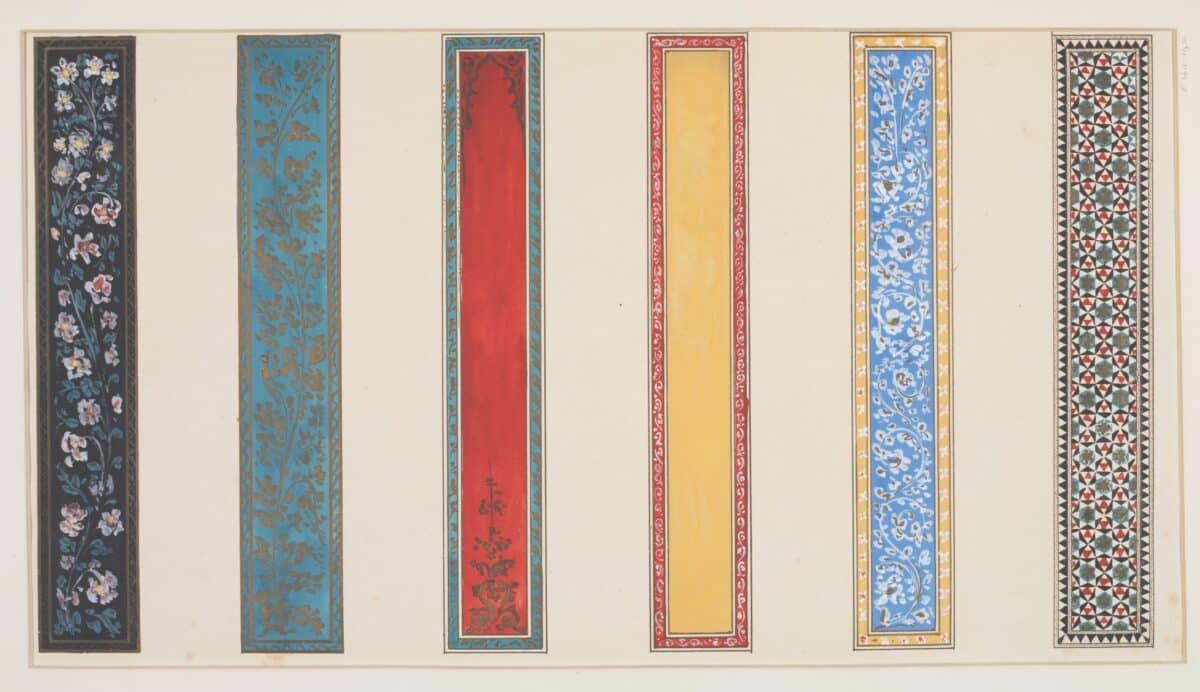
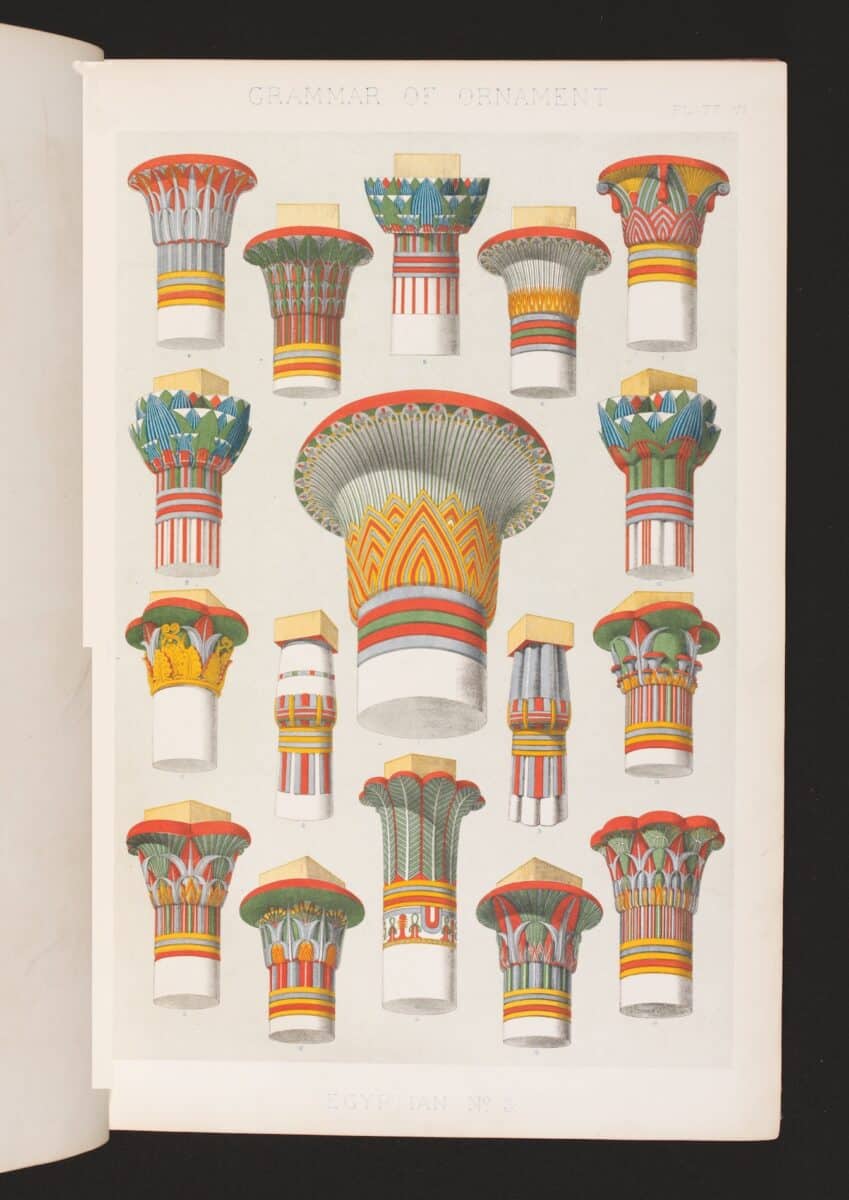
The Grammar turned up in unlikely places. It was widely studied in Europe, with some unexpected results. In Montpellier in the 1880s, the teenage Paul Valéry discovered it in the municipal library and it turned his head, seduced by the realisation ornament’s apparent riot of colour and shapes might be governed by a few generic laws; the revelation was to have a profound effect on his later thinking. But what is evident – and this neither Horsfall Turner nor others who have written about Jones allude to, all treating him as an exclusively British phenomenon – is that Jones’s ideas about ornament and style played into European discussions of the time on those subjects. By a remarkable coincidence there appeared in the very same month as Owen Jones and the V&A another book about nineteenth century style theory, Mari Hvattum’s Style and Solitude. The History of an Architectural Problem. Reading the two together makes clear just how much Jones’s ideas belonged within the European context. The link was Gottfried Semper, whom Jones knew of since his travels in Southern Europe in the early 1830s, and had encountered at the Great Exhibition, where both were employed. Although relations between the two seem to have been frosty, driven by mutual jealousy, each took careful note of what the other had to say. Semper appears briefly in Horsfall Turner’s book; Jones not in Hvattum’s, though he could well have done, for there was much in his thinking that responded to and complemented Semper’s.

Style and Solitude is about the history and fate of ‘style’ as a concept. Regarded in recent years as an embarrassment, an outdated classificatory system, a conceptual prison, style is nonetheless omnipresent, impossible to avoid. Hvattum is intrigued by this double existence, and her book sets out to understand and explore how and why this has come about by looking, principally in Germany, at the concept’s history and fortunes, going back to its eighteenth-century origins. Style has been many different things to different people at different times, and she skilfully unravels this knotty story and its consequences, of which one is that it serves as both a feature of architecture, and at the same time as a diagnostic tool for the investigation of those features: in Hvattum’s words, it is both ‘an optic and an object’. Does it belong to the object perceived, or to the perceiver? Heinrich Wölfflin’s Renaissance and Baroque exemplifies only too well the muddle that can arise. And with the emergence of modern architecture and its accompanying discourse, the confusions multiplied to the extent that, as she writes, ‘without understanding style, we cannot understand modern architecture’.
Hvattum’s concern is to explore how this conundrum arose, and her search takes us back to the eighteenth century, and Winckelmann’s invention of the idea of ‘period style’ – the notion that epochs could be divided by their styles, so turning art into an index of time and place, a means of interpreting culture. Subsequently, style became characterised as a mood, an essence innate to a particular age, and to which the arts of that age aspired to conform. In the early nineteenth century this idea acquired a new topicality, when it was extended to the present, charging architects with the responsibility of identifying the style of their time. Heinrich Hübsch’s In What Style Shall We Build (1828), in which he put forward the principle of the truth of epochal correspondence, making any imitation of an earlier period’s style untrue, raised the bar for architects. From Hübsch onwards, the pressure mounted on architects to discover the style of their own time. How they were to go about this constituted the greater part of architectural thought from the mid to late nineteenth century.
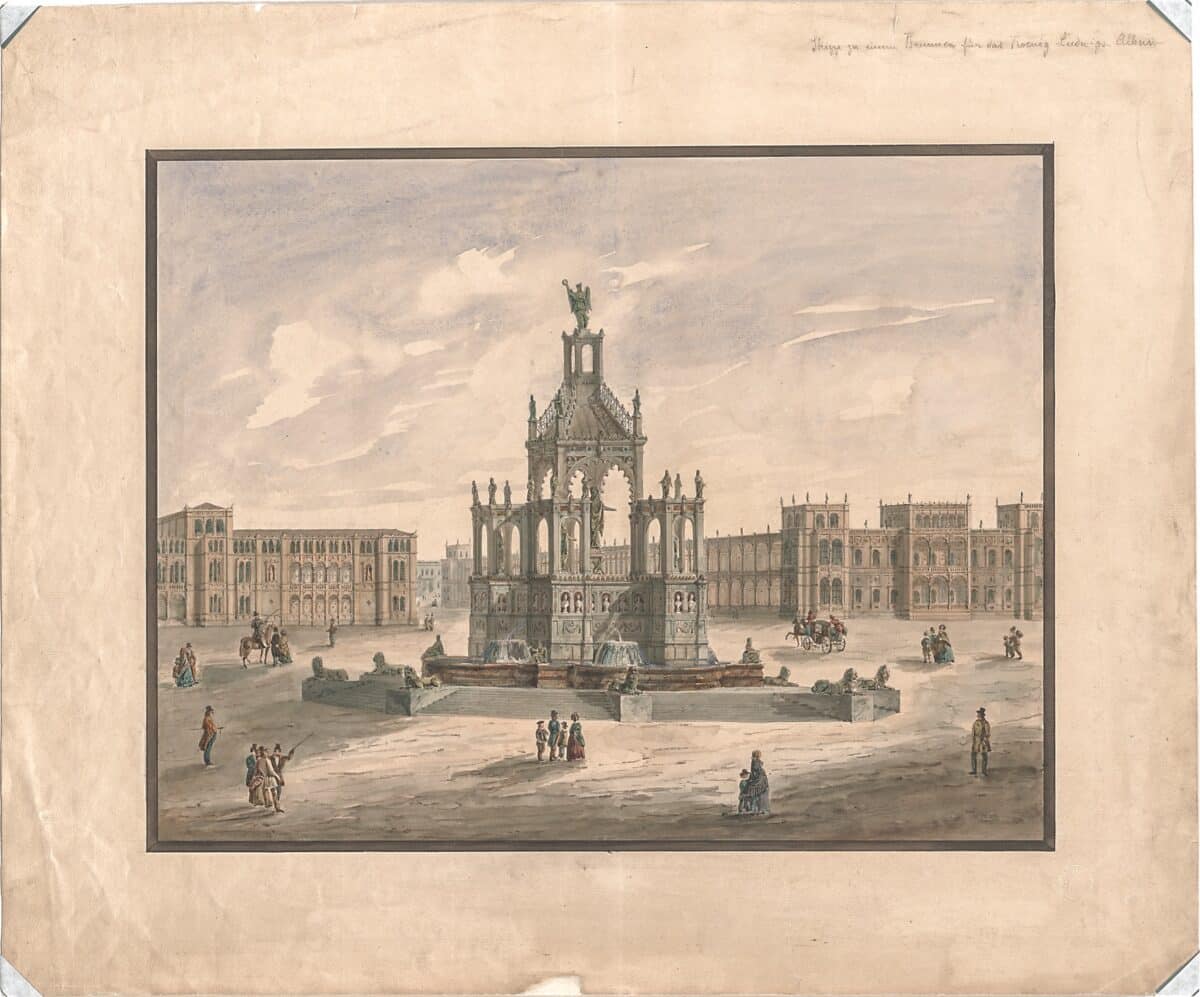
Into this morass of unresolved, and unresolvable, debate, came Semper, with his own, unique contribution. Semper loathed the whole German style debate – which is ironic given that he entitled his masterwork Der Stil (1860-1863). What Semper deplored was the notion of epochal style and all that followed from it. Instead, what he proposed was that style lay in the acts and processes of making, regardless of time and place. Semper largely avoided definitions of style, though of those he did offer, the most succinct was as follows: ‘Style means giving emphasis and artistic significance to the basic idea and to all intrinsic and extrinsic coefficients that modify the embodiment of the theme in a work of art’. By the ‘theme’, he meant the actual and symbolic properties that arise through making. Semper’s theory was radical in that it demoted architecture to the bastard offspring of other arts, and, like Jones, but even more emphatically, he regarded ornament as historically the predecessor of architecture. What Semper saw in the history of architecture was the progressive transformations of matter, each stage expressing both the original technique of forming that material, and all the subsequent stages leading up to its present form. Thus, a work carries memories of all its previous stages, all previous incarnations of that technique. Semper conceived of style as a metamorphic historical product, a multi-temporal phenomenon, far more dynamic than all the previous senses in which style had been used. Semper’s theory had many implications, one of which was that the notion of ‘national style’, to which the romantics had been so attached, was irrelevant, for the history of making knew no boundaries: architecture was a shared, global endeavour. Nor was style a ‘mirror’ of its time, for it was no more than the outcome of enduring, but constantly evolving, ways of making.
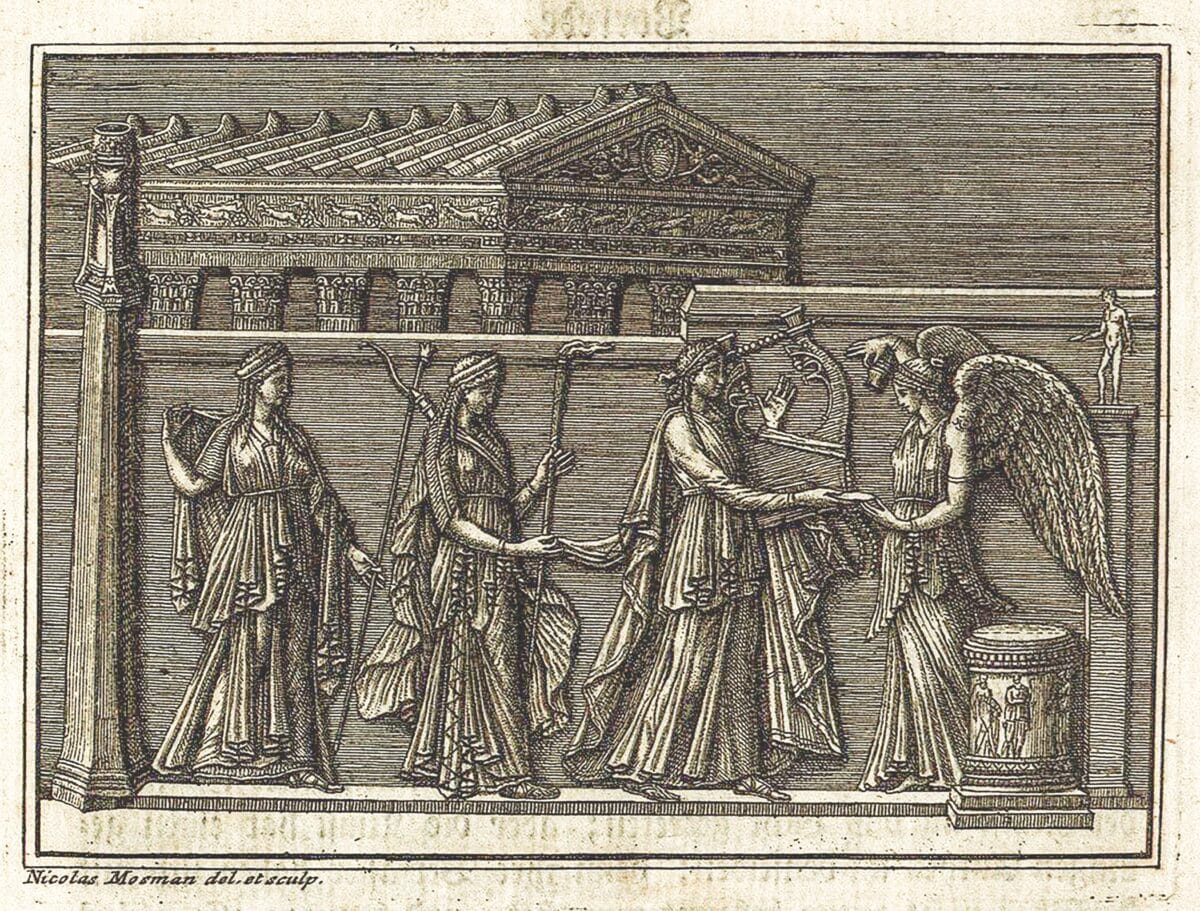
As a summary of Semper’s theory of architecture, which his own long-winded and digressive writing can make far from easy to follow, that in Style and Solitude cannot be bettered. (The ‘solitude’ of the title refers to the German architect and writer Karl Bötticher’s comment that were the architect to reject all traditions, both those of Greek architecture, and those of the Germanic or mediaeval tradition, ‘we would find ourselves alone in an immense void, having lost all the historical ground that the past has provided for us and for the future as the only basis on which further development is possible’. An architect in pursuit of a new style was destined to be lonely).
As for Jones, less insular than has been supposed, his thinking was consistent with Semper’s and may indeed have contributed to it; although his focus, on ornament, was narrower, his approach was more rigorously empirical. While Jones avoided the philosophical metanarratives of his German contemporaries, he was nonetheless very much a participant in trans-European debates about the future of architecture, to which he brought his own, unique insights via the study of ornament.
Olivia Horsfall Turner, Owen Jones and the V&A. Ornament for a Modern Age (2023) is published by Lund Humphries/V&A Publishing. Copies of the book can be purchased here.
Mari Hvattum, Style and Solitude. The History of an Architectural Problem (2023) is published by MIT Press. Copies of the book can be purchased here.
Adrian Forty is Emeritus Professor of Architectural History at The Bartlett, University College London.
